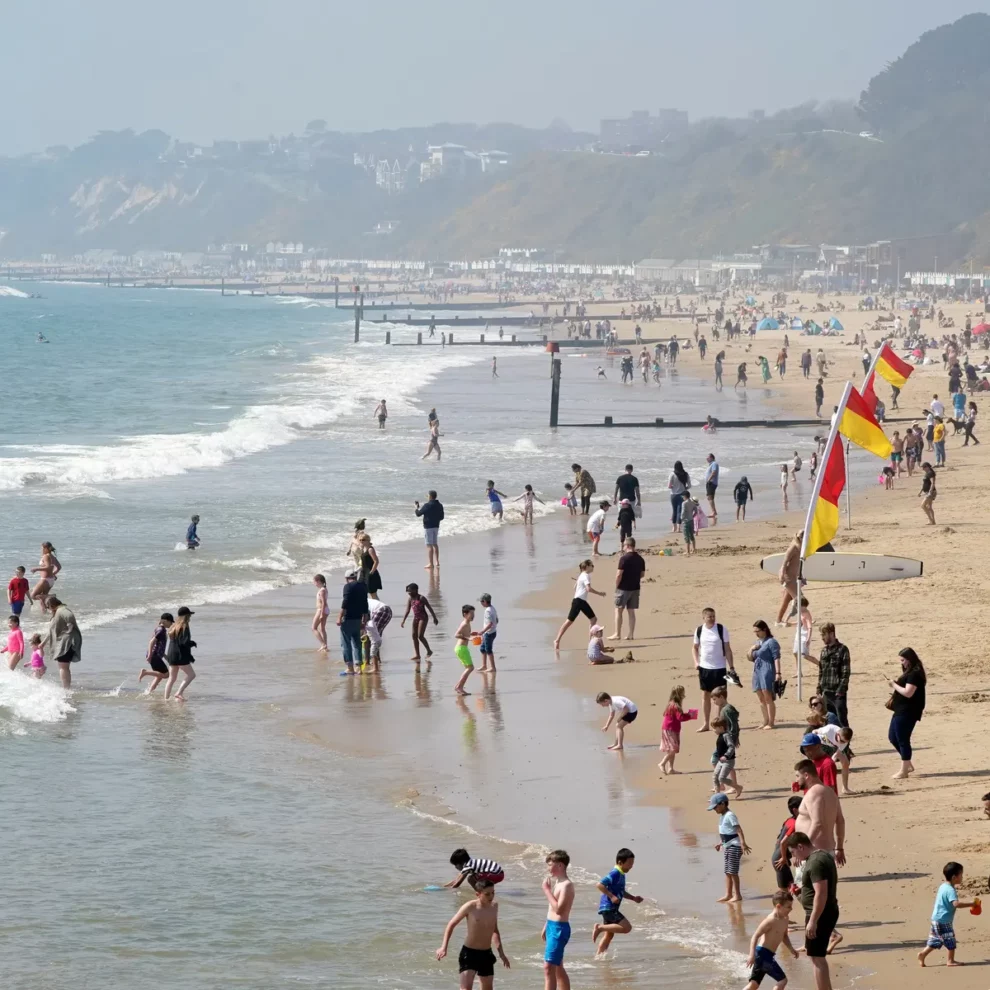Instead of falling for fitness and diet fads, focus on the things that will bring you true health and happiness this summer
As summer weather begins, and bare arms and legs start to appear across the country, and people start to worry about their “beach body”, maybe falling for claims that a particular diet or workout can achieve wonders in just a few weeks. This is not only impossible – there is no diet or exercise that can transform your body so quickly – it’s unhealthy at its core. Doesn’t anyone who simply walks on to a beach have a beach body?
The focus on aesthetics (can I take off my shirt? Can I wear a bikini to look a certain way?) distracts from the real purpose of our body and the functionality of fitness, exercise and nutrition (do I feel strong and healthy within my body, and can I do what I want to do with it?)
I’m guilty, like many others, of seeing Instagram posts and clothing adverts and wanting to conform to that look. When I started my journey to become a personal trainer, I listed one of my personal objectives as getting a six-pack. By the end of my training and education, I removed that goal from the list because it was unhelpful, unrealistic, and unhealthy for my body type. For women especially, visible abdominal muscles require an extremely low body fat percentage, and on top of that I have South Asian heritage – and we tend to be apple-shaped and store fat around the waist.
While I accept my fat-storing Indian genes, I still push back against the notion that an expanding waistline is inevitable with ageing. It’s just that my eating and activity objectives have changed from “lose five pounds” or “visible abs” to a simple and sustainable approach to sustenance and exercise.
We often make diet rules overly complex, often to fit the latest fad, whether it’s paleo, or low-carb or veganism. While the way your body converts food into fat, energy and muscle is complex, it is generally true that consuming more calories than you spend is likely to make you gain weight, while consuming fewer will help you lose it.
Excessive calorie counting won’t lead to healthy eating habits, but having a rough idea how much energy is burned with exercise can be helpful: knowing, for instance, that running 3 miles in 30 minutes might burn (depending on speed and body weight) 300-400 kcal. It’s also useful to know how many calories are contained in ultra-processed foods, in which chemical processes to improve taste, texture and appearance leave them with incredibly high caloric density. It helps to avoid these as they trick our bodies into overconsuming – and override our normal “satiety” signals from the stomach that tell the brain we’re full.
The challenge is to not feel like we’re being deprived or that we’re “dieting”, which is linked to sacrifice and not having what we would like to have. Read the labels of food packages – and if there are names you can’t pronounce, then it’s better to avoid it. Fill up your diet with grains, vegetables, fruits, nuts and unprocessed ingredients.
It’s also important to refuel in accordance with the demands your lifestyle puts on you and the amount of exercise you do: and be aware that the amount of calories we need decreases as we age, so we generally need to eat less and move more as we get older. It sucks, I know; but it’s a scientific fact.
We often turn to food for emotional comfort when we feel low, almost like an antidepressant. A much better approach to managing low emotions is daily exercise – taking advantage of the “hope molecules” that muscles secrete when used – and the easiest way is to build it into daily life. A cycle ride to work. A walk to a local shop. A weekly yoga class in the park.
The health benefits of an active lifestyle and balanced diet are clear: we live longer, we reduce our risk of high blood pressure, diabetes, cancer and strokes, and we maintain our independence with ageing.
The problem with all the advice above, though is that it’s geared towards affluent, time-rich people who have the bandwidth to focus on a good diet and physical activity almost like a full-time job. There’s a strong socioeconomic correlation between body mass index (a rough metric of weight) and wealth: the richer you are, the easier it is to be in a healthy weight range. The problem is compounded when a lack of choice locks in unhealthy eating habits early. In Britain, children are sent to schools where 75% of their calories at lunch are from ultra-processed foods. It’s impossible to talk about diet without raising the structural factors impeding choice.
But there are things individuals can still do to develop a healthy relationship with food and exercise. Instead of striving for “a beach body” in time for your next seaside holiday, how about wearing whatever you want on the beach, but feeling happy and strong enough to go for a swim or a long walk, or play football with your children or grandchildren, or just sit and read a book. It’s a functional version of body image to help us live our life in the way we want to, rather than obsessing about a certain size or shape.
Source: The Guardian









